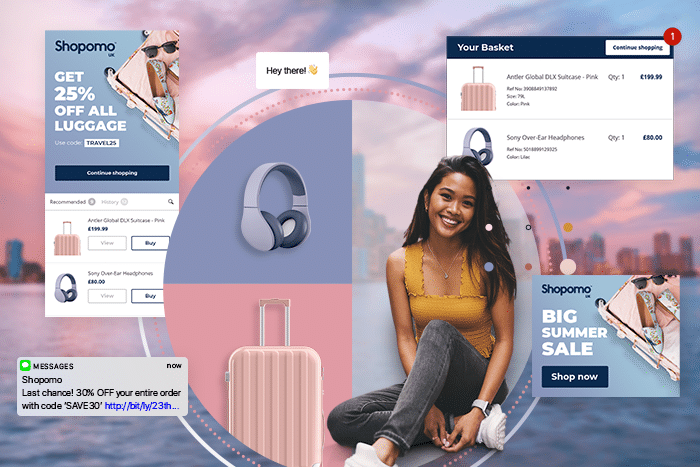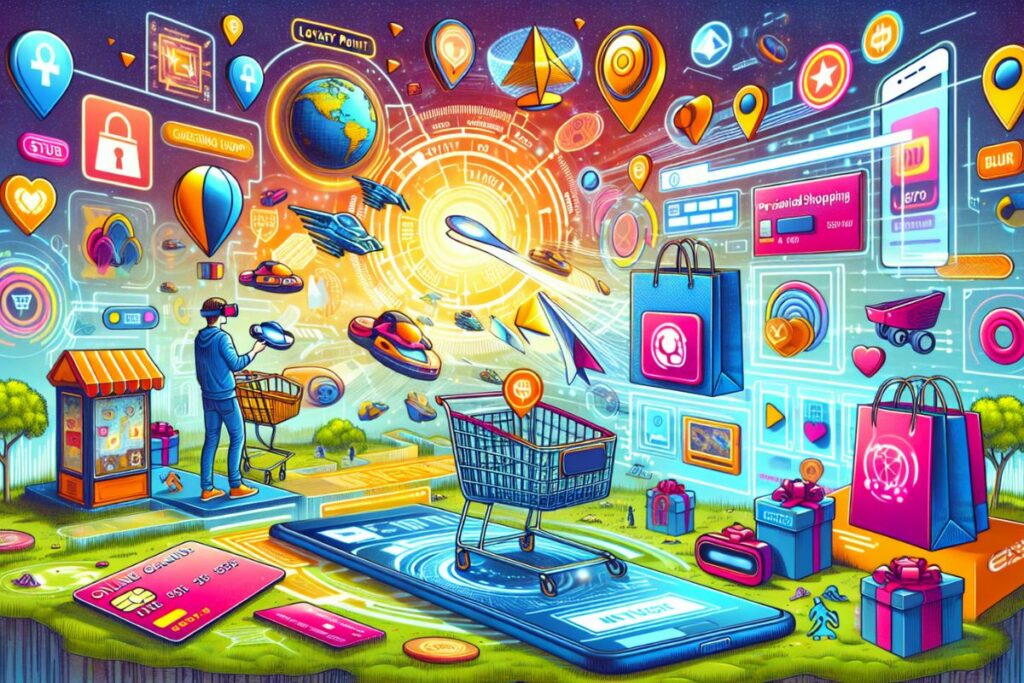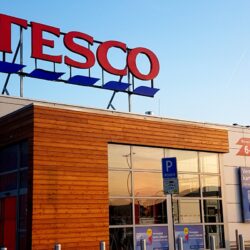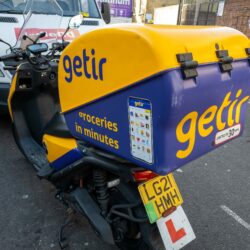A recent survey by Which? asked UK consumers to rate their online shopping experiences with retail websites they had shopped with this year.
Customers praised retailers offering timely and convenient delivery options and promotions, and access to quality products with the websites propping up the table disappointing due to limited inventory, unattractive and confusing websites and poor loading speeds.
No surprises there, however, what did stand out was the extent to which large retailers were out-performed by SME and specialist retailers in this area.
The top 5 consisted of companies with turnover no bigger than £157m, yet the bottom half was littered with household names – owing largely to a lack of personalisation, with emerging brands offering what many customers considered a more “personal service”.
This underlines the overt paradigm shift in modern retail. Large businesses now attempt to leverage the disruptive practises that are placing smaller enterprises at the forefront of innovation. Although, clearly success has been limited in terms of personalisation if the recent findings are anything to go by.
So, what learnings can retail behemoths take to change this?
Start small, regardless of size
It’s evident that size has a role here. The issues that befall any company attempting to improve personalisation will be exacerbated with scale due to quantity of data alone.
Still, regardless of size, retailers should always start small and build gradually. We took this approach with Little Mistress, one of the UK’s fastest growing retailers, and identified just one area of their website to start applying personalisation to – the product listings page.
Our goal was to surface products in real-time that were relevant to each customer, via a deployable feature that felt native to the site. To deliver this, we customised an existing solution – Progammatic UX – which alters the UX of any website in response to customer behaviour.
We developed ‘Highlight’ – a feature which analyses a user’s most common and persistent attributes (Price Range, Category, Colour) to display the most relevant products. This led to a quarter of all visitors selecting an item – a slight but very effective tweak, leaving room to expand.
Our point is, that regardless of resource, don’t rush in and attempt complex personalisation. Find a long-term tech partner that will scale with you, so you can start small and work on product iteration as the level of data increases and your knowledge improves.
Forget Artificial Intelligence – go analogue
Big businesses are saddled with enormous data lakes, many of which lack the infrastructure to accurately deliver contextually relevant interactions. AI can take care of this problem by utilising algorithms to set up ‘triggers’ that deploy tailored experiences.
The catch is that AI can be too expensive for emerging retailers, causing them to segment manually. While it can be more labour intensive, the manual approach can teach retailers of all sizes a great deal about their customers. In fact, we believe building up data in small incremental steps has several further advantages.
To begin with, processing huge volumes of data can be a drawn-out process; even removing inaccuracies in the data so you can begin personalising can take months of labour.
Likewise, any data a business has stored over time is likely to be out-of-date when the campaign goes live – meaning brands run the risk of deploying irrelevant experiences despite their hard work.
Ve recently conducted a ‘product sprint’ with Gtech – a scaling consumer electronics company – to deliver personalisation at multiple touchpoints onsite. Initial work set out to uncover and validate distinct ‘Shopper Modes’ to categorise website visitors.
For accuracy, Ve surveyed 6,000 respondents and categorised half of all users as ‘Researchers’ – a segment wanting more product reviews, more time to consider, and/or were using their basket as a ‘wish-list’.
By deploying content such as 5-star reviews or features including an ‘email wish-list’ via Ve’s onsite Digital Assistant, CTRs were 5 times higher than normal. Furthermore, this approach increased engagement rates on the Gtech site by 300%.
AI is undoubtedly a powerful tool but it’s no silver bullet. Applying some elbow grease early on yields the required understanding of customer data to deliver meaningful personalisation – all within budget.
Make ad budget work harder
Orchestrating tailored online journeys for customers before they’ve even arrived onsite can be a sure-fire way of converting audiences.
This begins at the point of discovery which for many retailers is through paid digital advertising. However, viewability and ‘banner blindness’ issues mean that 99% of all digital ads are seen but not clicked on. Additionally, the cost of digital advertising is rising and big brands are investing more to dominate.
This has forced smaller enterprises to box smart with their paid ads budget, with limited wastage the top priority. We’ve built a business on successfully delivering more value from budgets on behalf of our clients, by easing friction between paid advertising and the onsite experience.
We do this by including personalised content that’s consistent with the ad that brought users to the website in the first place – maintaining consistency throughout the customer journey.
The savviest of retailers offer personalised experiences, from ads to onsite, via intelligent overlays that deploy in real-time with sequential messaging relating directly to campaigns across other channels.
Consider your customer, not the competitive advantage
Disruption is about achieving more with less. And despite the perceived complexities involved, aspiring retailers are implementing compelling, conversion-boosting customer experiences through low-cost but effective personalisation.
They start small, identify specific customer groups to test on and set parameters as to which elements of their website they want to personalise first. These initiatives run in small development cycles to ensure that further investment is only placed once products are validated and generate returns.
Such considered steps are taken out of the necessity for survival. Small companies can ill afford a slip-up which may undermine the onsite experience.
SME retailers are happy to ask their user base to help iterate their approach and are not scared to experiment, prototyping the best approach as well as pushing tech vendors to customise off-the-shelf technologies.
This is where the difference lies with many larger retailers that seek personalisation in name only – often settling for bare-minimum at the expense of an authentically tailored customer experience. Big brands will only make up lost ground by committing to a customer-first mind-set, implementing accurate segmentation and delivering consistent experiences that are so in demand.
Click here to sign up to Retail Gazette‘s free daily email newsletter


















